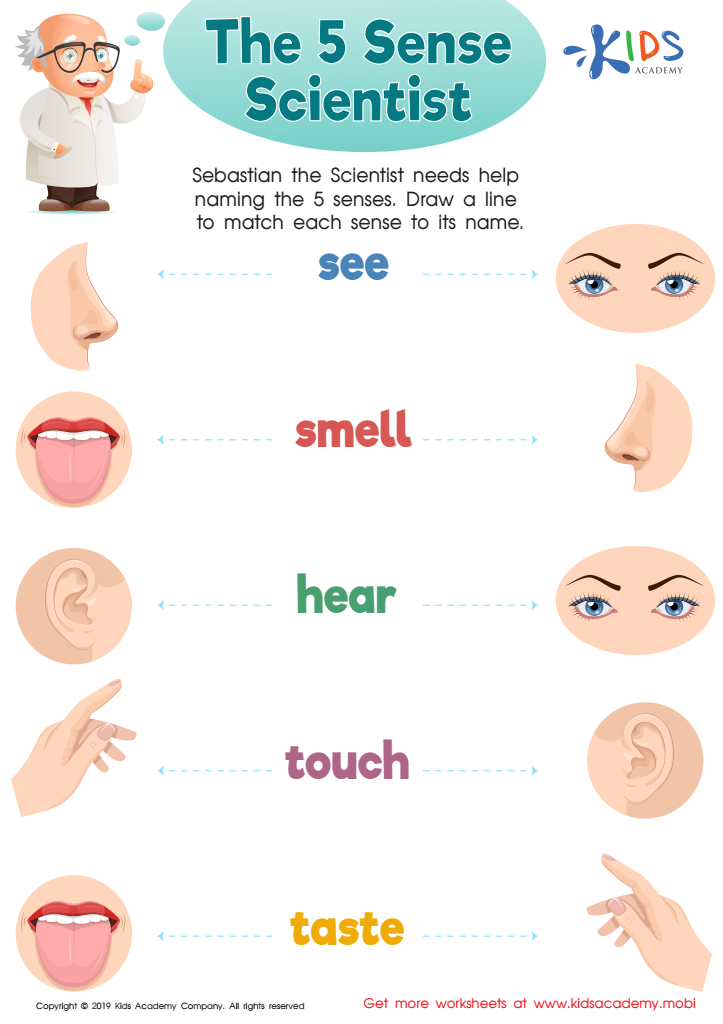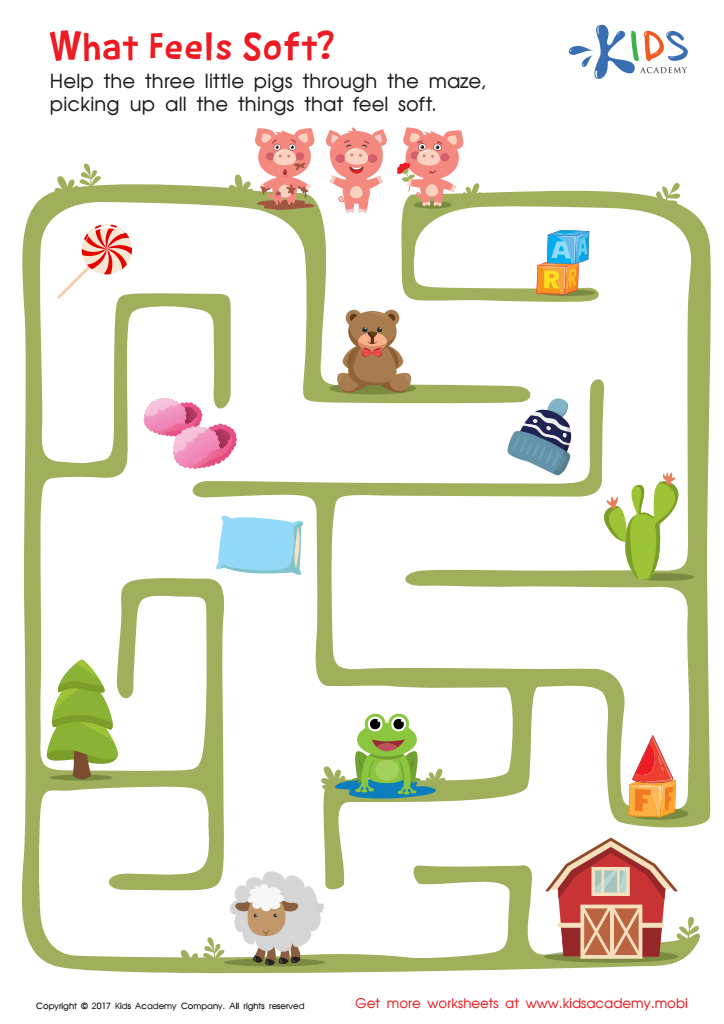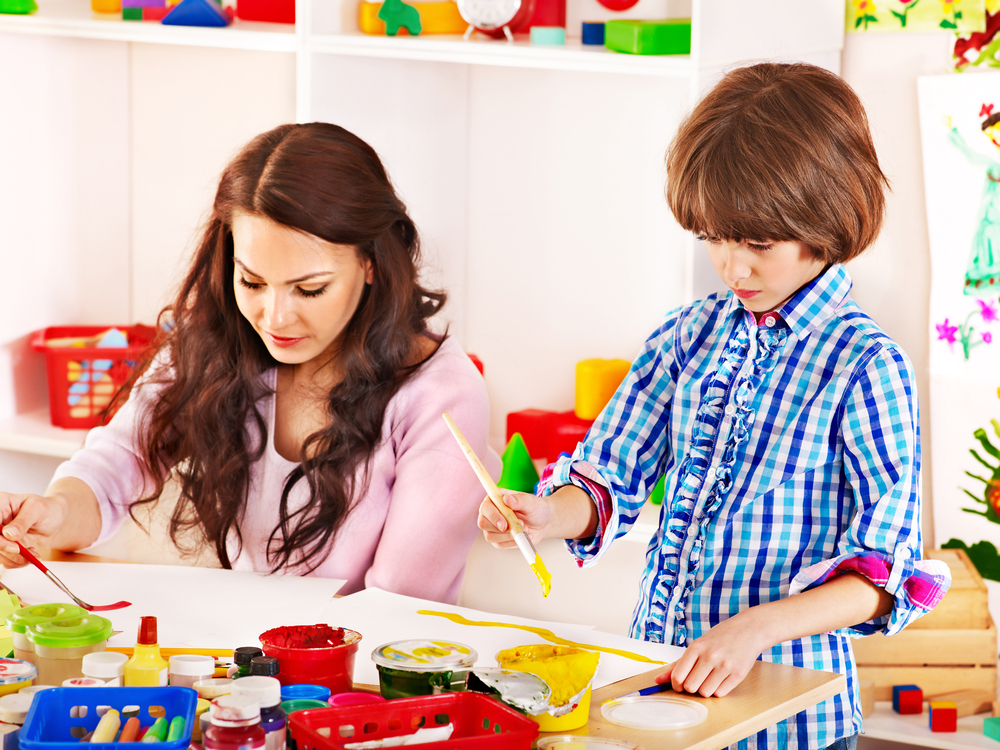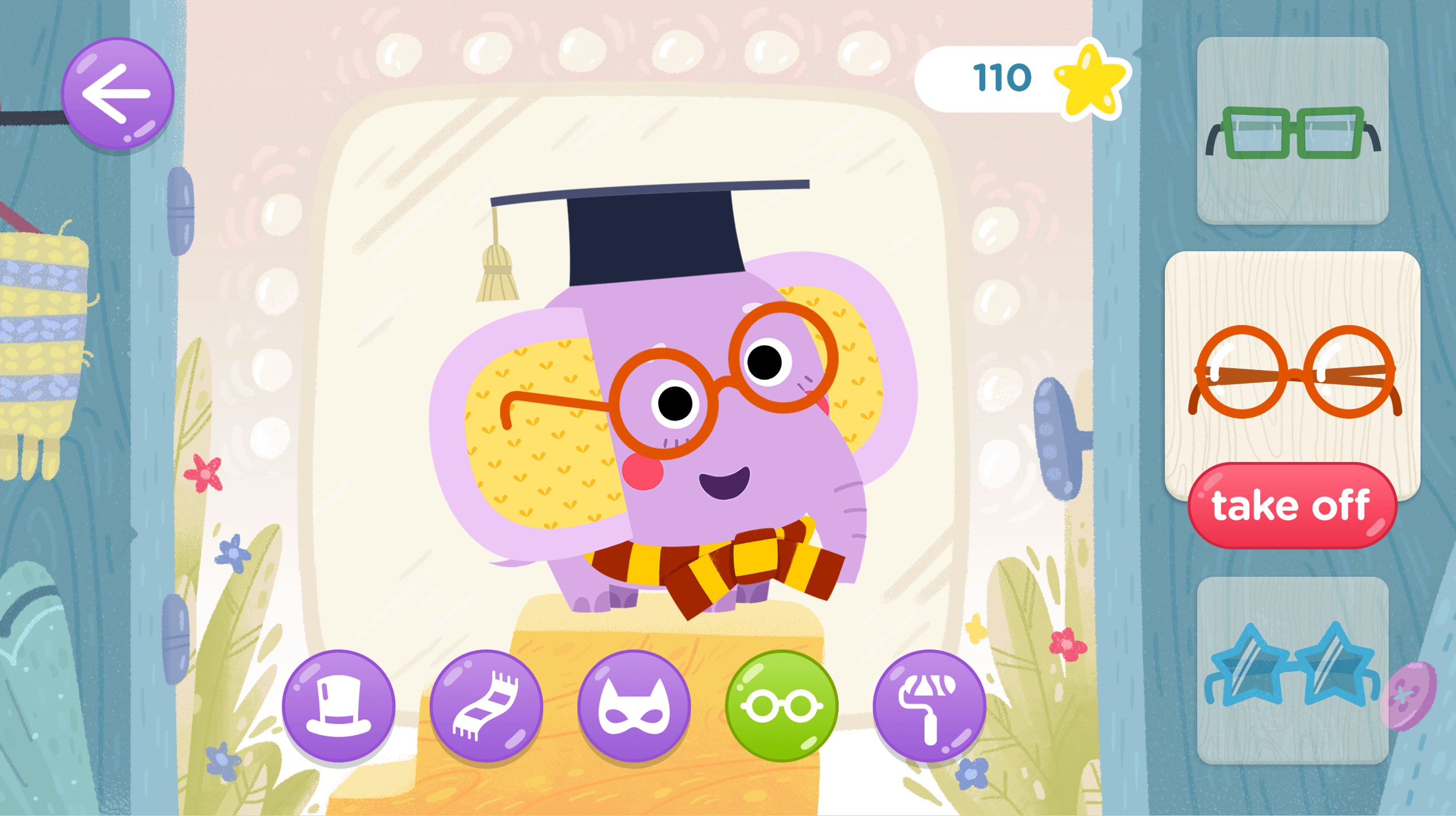Sensory identification Worksheets for Kids
2 filtered results
-
From - To


The 5 Sense Scientist Worksheet


What Feels Soft Printable
Question/Answer
What are some effective activities to train students’ Sensory identification skill when teaching them about Matching?
To train students' sensory identification skills in matching activities, employ a variety of sensory bins where students match textures, scents, or sounds. Use blindfolded taste tests for matching flavors, and memory games with tactile cards or scented jars. Incorporate sound matching games with recorded or live sounds, and employ fabric swatches or natural materials for tactile comparisons.
What does the Sensory identification skill mean when it comes to Kindergarten Matching learning?
The Sensory identification skill in Kindergarten Matching learning refers to the ability of children to use their senses—such as sight, touch, hearing, smell, and taste—to recognize, compare, and differentiate objects. This skill aids in the development of critical thinking, memory, and language by encouraging them to pay attention to details and make connections between sensory input and objects.
How to train the Sensory identification skill in Kindergarten students learning about Matching?
To train the sensory identification skill in Kindergarten students during matching activities, focus on multisensory learning experiences. Use materials that vary in texture, color, shape, and sound. Incorporate games where students match objects through touch (blindfolded), sound recognition, and visual comparisons.
 Assign to the classroom
Assign to the classroom
.jpg)









